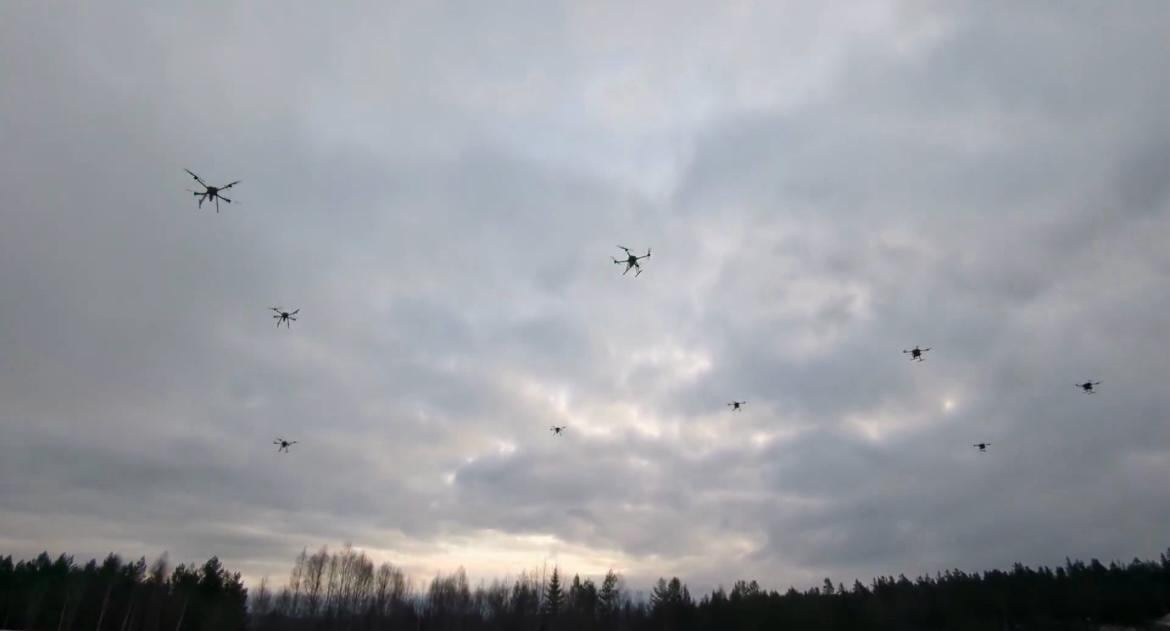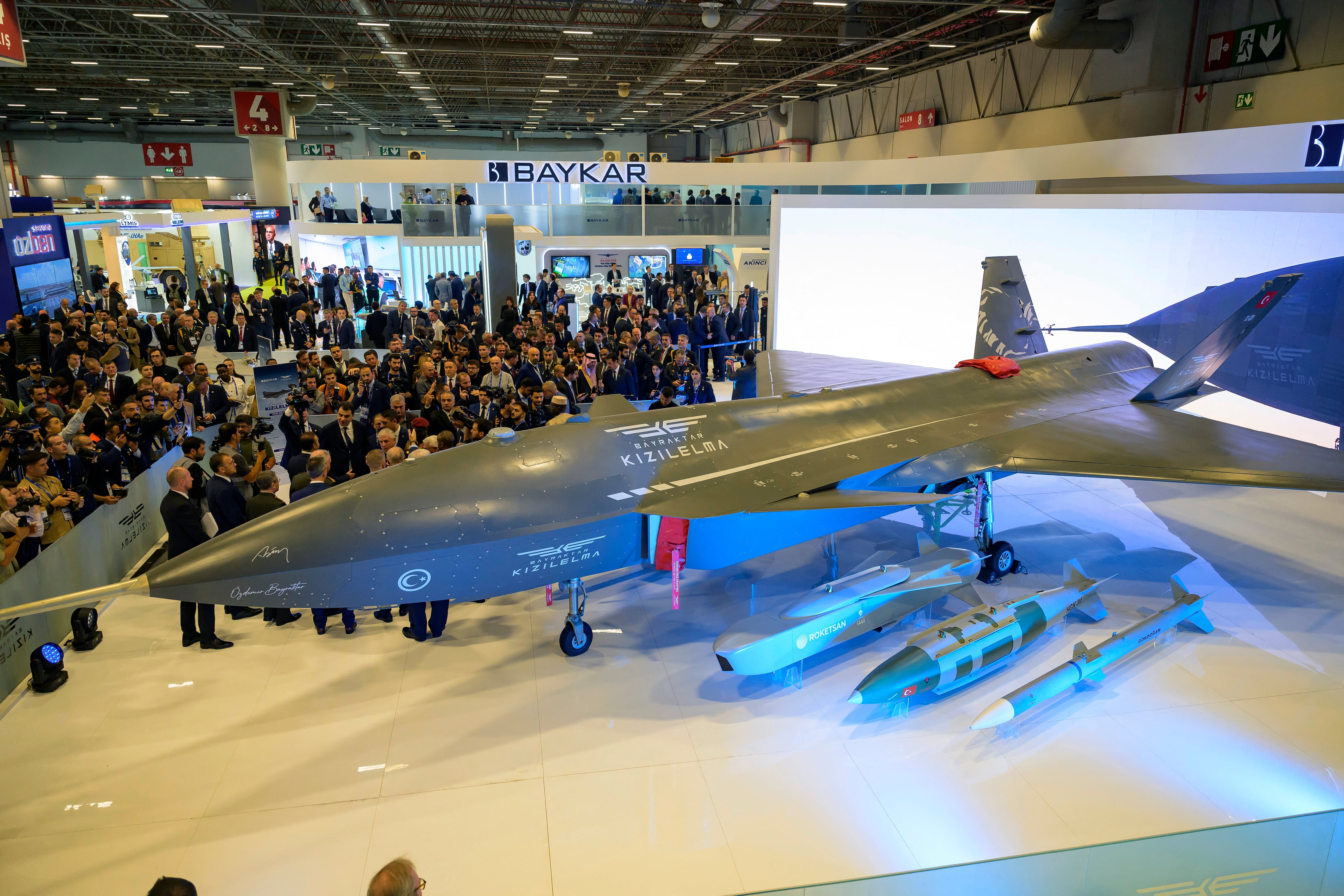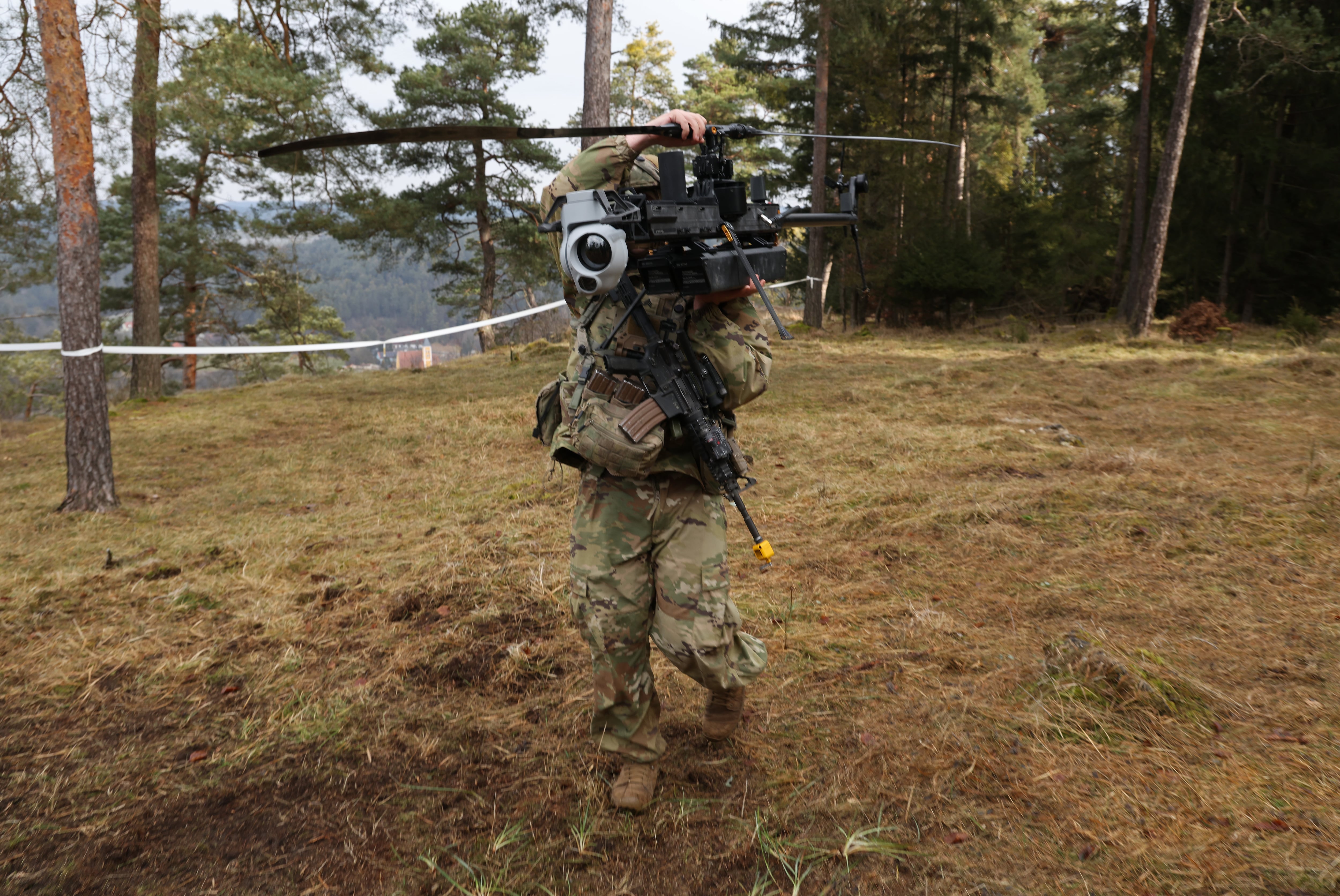An ever-present robot companion is the stuff of comic books and space operas. Supervillains and friendly wookies alike sport backpack robots, an extra set of eyes and arms or two providing everything from color commentary to fighting power.
A new machine, produced by roboticists at Keio University in Japan, offers that second set of eyes and arms in a wearable form. Novel as a robot, it’s a kind of tool that could someday see real applications from battlefields to the operating room or anywhere a extra hands are needed.
Dubbed the “Fusion,” for “Full body Surrogacy for Collaborative Communication,” it looks like an Apple-inspired crossbreed of Wall-E and perpetual Spider-Man foe Doctor Octopus. Fusion is not a true autonomous machine. Instead, it’s a telepresence robot, moving and responding to commands from a human operating it remotely.
It’s a fairly novel concept for remote interaction (though another, similar machine was devised by researchers and artists at UC Berkeley). With a stereo-camera mounted on a three-axis pivot looking over the wearer’s shoulder, the robot provides as close to a direct view of what the wearer is doing as possible without being mounted directly on the person’s face. The robotic hands can assist in tasks, learning how the human assembles components, or the wearer can have their hands strapped to the robot’s arms and the remote controller can then move the wearer’s arms for them.
For defense applications, a wearable robot surrogate inspired by Fusion would most immediately be useful in training applications. It’s easy to see a system like this teaching trainees how to dismantle a dummy IED or perform other intricate battlefield tasks with an instructor looking directly over the shoulder of the student.
At remote bases, provided the signal is strong and secure enough, medical procedures could be done with assistance from remote experts, who get called in to guide the robot’s hands. Depending on how portable a robot like this becomes, providing a back-borne surgical consult to pararescue workers could save lives in otherwise difficult situations.
Other, more fanciful applications may have a more immediate application in cinematic fiction than the messy work of war. Wearing a robot would get in the way of a normal pack for patrol, and any armaments mounted on such a machine would further burden the human vessel for the machine. Telepresence robots also require a human actively working to control it, so this is a distance-saving device, but not a labor-reducing one.
As the Pentagon looks to technology to enable humans to accomplish superhuman feats, wearable robotics are one possible way to achieve that.
Watch a demonstration of Fusion below:
Kelsey Atherton blogs about military technology for C4ISRNET, Fifth Domain, Defense News, and Military Times. He previously wrote for Popular Science, and also created, solicited, and edited content for a group blog on political science fiction and international security.








